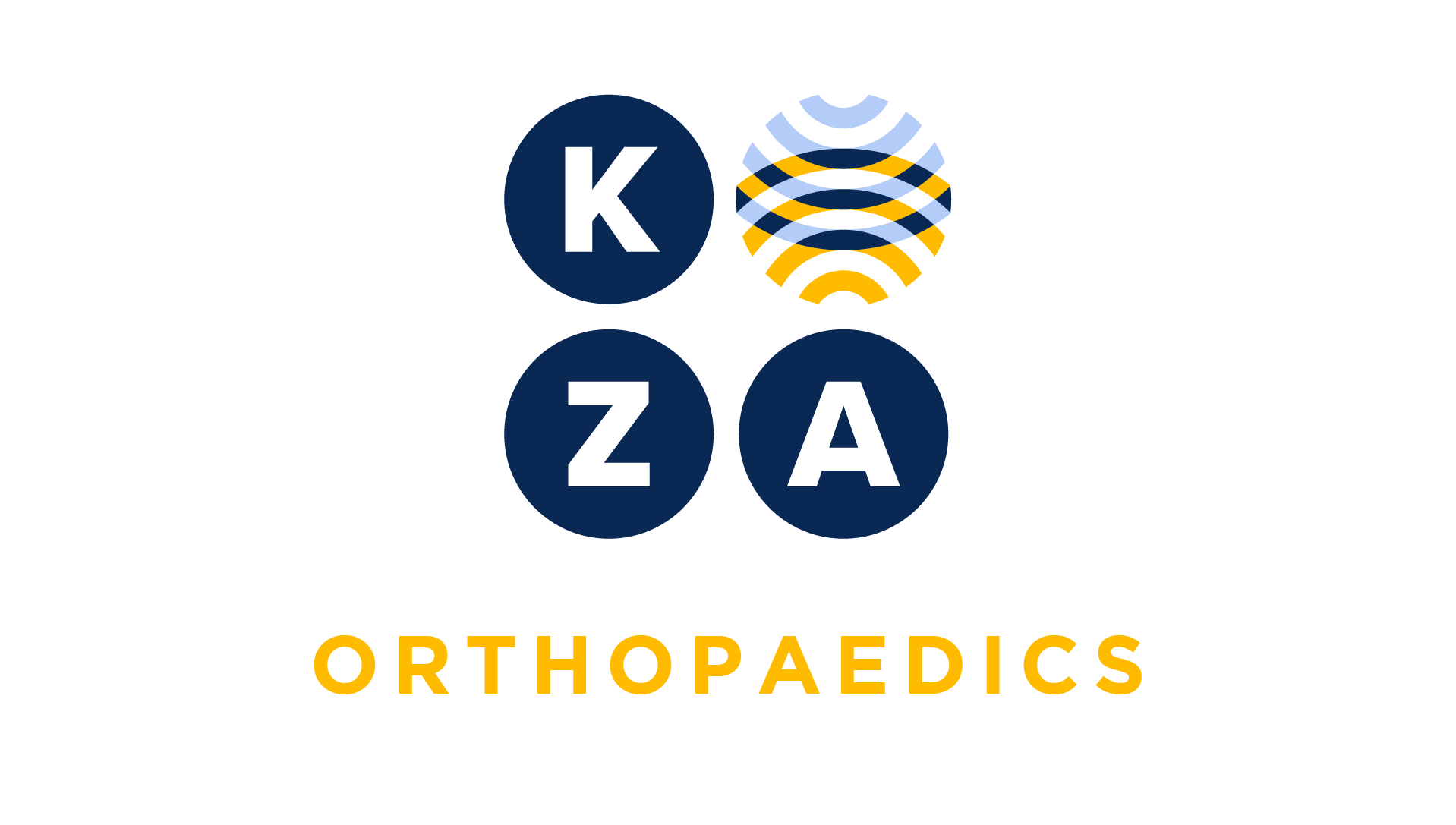
Choose your specialty from the list below to see how our experts have tackled a wide range of client questions.
Looking for something specific? Utilize our search feature by typing in a key word!
Multiple Fractures: One code or multiple?
Our new hand surgeon evaluated a patient with a base of the fifth metacarpal fracture and distal radius fracture. Both fractures were non displaced and the hand surgeon applied a short…
Question:
Our new hand surgeon evaluated a patient with a base of the fifth metacarpal fracture and distal radius fracture. Both fractures were non displaced and the hand surgeon applied a short arm cast. The hand surgeon submitted two CPT codes, one for the metacarpal fracture and one for the distal radius fracture. We told the surgeon that only one CPT code may be reported because a single cast was applied. The surgeon is in total disagreement and asked we reach out to KZA. Who is right?
Answer:
Thanks for your confidence in KZA to answer your coding dilemmas! The answer is “It depends” on payor rules.
The surgeon is correct according to CPT rules. Each fracture that is evaluated and treated and meets a global fracture code is reportable assuming unbundling is not occurring. In the scenario presented, there is no overlap between the two anatomic fractures and both global fractures codes, for example, 25600 and 26600 (assuming these codes define the fracture) are reportable.
But wait….
You may be correct if the payor is Medicare and hence the confusion sets in. The Center for Medicare and Medicaid Services (CMS) via the National Correct Coding Initiatives (NCCI) published Medicare payment rules forPart B Medicare. In your scenario, the NCCI edits state, “If multiple dislocations and/or fractures are treated without manipulation and stabilized with a single cast, strapping, or splint, only one CPT code for closed dislocation or fracture treatment (without manipulation) may be reported.”
Your answer is correct if the payor is Medicare; the surgeons’ answer is correct if the payor follows CPT rules. To ensure accurate reporting, report the surgical CPT codes according to the AMA CPT rules; apply payor rules appropriately based (e.g., Medicare NCCI payment rules are applied for Medicare Part B beneficiaries; private payor rules will vary based on contractual agreements).
Dr. Hand reports two CPT codes to non-Medicare patients for the non-manipulative treatment of the metacarpal and distal radius fractures.
Dr. Hand reports one CPT code if this patient was Granny, who has Medicare Part B coverage.
*This response is based on the best information available as of 06/08/17.
Using PAs and NPs as Scribes
Our group is really having a difficult time getting all of the medical record information into the computer. Is it okay to use our PAs and NPs as scribes when they have some down time?
Question:
Our group is really having a difficult time getting all of the medical record information into the computer. Is it okay to use our PAs and NPs as scribes when they have some down time?
Answer:
We certainly understand your frustration with inputting data in to the EMR. The question you ask is rather complex and will take a bit of homework for your group to determine if this is the best use of an allied health professional. A scribe in the medical office is just like a court reporter. They may only document exactly what is stated by the physician or NPP during the encounter and just like a court reporter; they don’t get to ask any Question:s. You may not combine the work of a PA/NP when they are acting as a scribe with that of a physician and bill it under the MD’s NPI. The practitioner who bills for the services is expected to be the person delivering the services and creating the record, which is simply recorded by another person/the scribe. Finally, the record should be signed by both parties (the scribe and the physicians) attesting to their role in the creation of the record. The practitioner must attest to having independently performed the service and agree with the information as documented by the scribe. A PA/NP who performs part of the encounter for a patient (e.g. history) and then “scribes” the remainder of the encounter is not functioning as a scribe.
For more clarity on the issue, CGS Medicare updated their guidance article recently. Located here:
Hip Injection with Fluoroscopy
A physician in our group is taking the patient to the surgery center for a hip injection using fluoroscopy. We know CPT code 20611 includes ultrasound guidance but is fluoroscopy also…
Question:
A physician in our group is taking the patient to the surgery center for a hip injection using fluoroscopy. We know CPT code 20611 includes ultrasound guidance but is fluoroscopy also considered inclusive? I am looking at CPT code 77002.
Answer:
Thanks for your inquiry. Your question is appreciated. In reviewing the 2017 CPT Manual, we notice a revision to this code and a guideline parenthetical was added to CPT code 77002. The code was revised from a stand-alone CPT code to an add-on code. The guideline parenthetical lists primary surgical CPT codes where CPT code 77002 may be reported in addition to the procedure. CPT code 20610 (major joint injection) is included in this list.
Assuming all documentation supports the hip injection with fluoroscopic guidance the following services are submitted:
20610
77002-26 (the physician must add the modifier 26 as the procedure is performed in a facility location)
Assign anatomic modifiers according to payor policy.
*This response is based on the best information available as of 04/27/17.
Registered Nurse FA (First Assistant) vs. a Formal Mid-Level Provider (PA, etc.) Billing Difference
Is there a difference in billing and especially reimbursement for a registered nurse FA (first assistant) vs. a formal mid-level provider (PA, etc.)?
Question:
Is there a difference in billing and especially reimbursement for a registered nurse FA (first assistant) vs. a formal mid-level provider (PA, etc.)?
Answer:
Yes, there is a difference in how these two types of practitioners can be billed and expected reimbursement. The answer will be payor dependent.
Physician Assistants, Nurse Practitioners and Clinical Nurse SpecialistsMedicare credentials only Physician Assistants (PA), Nurse Practitioners (NP), and Clinical Nurse Specialists (CNS) as assistants at surgery for the purpose of orthopaedic surgery. Assistant claims are reported in the PA, NP or CNS name with the AS appended. Medicare, when payment is allowed, reimburses the practice at 13.6% of the surgeon’s allowable for the primary procedure. The appropriate multiple procedure payment formula is applied to the subsequent procedures on the same day.
Other payors may or may not follow Medicare rules. Reimbursement and claim submission are based on contractual arrangements. Check individual payor rules for claim submission rules (e.g. modifier use, separate claim) and expected reimbursement.
RNFAsRNFAs are not credentialed by Medicare, so you would not bill or expected to be paid for their work by the MAC.
Other payor rules for RNFA coverage/reimbursement will vary, and would need to be researched directly with the health plans in your market.
*This response is based on the best information available as of 04/13/17.
Cranial Tongs with ACDF
Are we able to report CPT code 20660 for the application of cranial tongs during an anterior cervical discectomy and fusion procedure? The surgeon documented the tongs were applied
Question:
Are we able to report CPT code 20660 for the application of cranial tongs during an anterior cervical discectomy and fusion procedure? The surgeon documented the tongs were applied and removed during the operative case.
Answer:
Thank you for your inquiry. CPT code 20660 is the correct code for the application of cranial tongs. The full definition is “Application of cranial tongs, caliper, or stereotactic frame, including removal (separate procedure)”. First, in reviewing the code, please note that the code has a ‘separate procedure’ designation. This means that the work associated with this CPT code is an integral part of a more extensive procedure. This means that CPT code 20660 is not reportable with CPT code 22551 “Arthrodesis, anterior interbody, including disc space preparation, discectomy, osteophytectomy and decompression of spinal cord and/or nerve roots; cervical below C2” (aka ACDF) which is reported for the anterior cervical discectomy and fusion code. The use of a tongs or head holders, etc. for intra-operative positioning of the head is inclusive to any spinal procedure.
Additionally, the lay description published in Encoder Pro includes the work of applying skull traction tongs; this inclusion in the description of the procedure and the separate procedure designation preclude the surgeon from reporting CPT code 20660 in addition to the ACDF procedure code.
Typically the codes associated with halo application are reportable when the halo is applied as a stand-alone procedure or the halo is applied for longer term stabilization meaning the patient leaves the operative suite with the halo applied.
*This response is based on the best information available as of 03/02/17.
Coding With 27193
My coder just said they deleted 27193 and replaced with 2 small no global period codes? Is that correct?
Question:
My coder just said they deleted 27193 and replaced with 2 small no global period codes? Is that correct?
Answer:
They didn’t really replace it with 2 codes, they replaced 27193 with 27197…both codeswithoutmanipulation. They replaced 27194 with 27198, both codeswithmanipulation.
Notice the difference in the language for the non-manipulative treatment:
DELETED: 27193 Closed treatment of pelvic ring fracture, dislocation, diastasis or subluxation without manipulation was replaced with
NEW: 27197 Closed treatment ofposteriorpelvic ring fracture(S), dislocation(S), and diastasis or subluxationof the ilium, sacroiliac joint, and /or dislocation(S) of the pubic symphysis and/or superior/inferior rami, unilateral or bilateral; without manipulation.
Note that both new codes have 0 global days, a big change for the 90 day global period of the deleted codes. There is also a notation thatevaluation and managementcodes should be used in place of the global code to report the closed treatment of ONLY anterior pelvic ring fracture(s) and or dislocation(s) pubic symphysis and/or superior/inferior rami, unilateral or bilateral; without manipulation.
*This response is based on the best information available as of 02/16/17.

